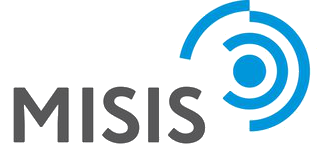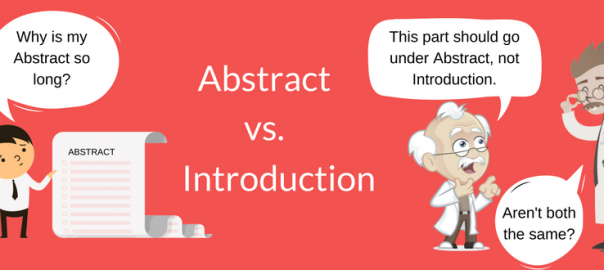Sep 7, 2018
Do the abstract and introduction mean the same? How is the content for both the sections different? This is a dilemma faced by several young researchers while drafting their first manuscript. An abstract is similar to a summary except that it is more concise and direct. The introduction section of your paper is more detailed. It states why you conducted your study, what you wanted to accomplish, and what is your hypothesis. Let us learn more about the difference between the abstract and introduction.
The Abstract
The details of a study, such as precise methods and measurements, are not necessary in the abstract. An abstract provides the reader with a clear description of your study and its results without the reader having to read the entire paper. The abstract is an important tool for researchers who must sift through hundreds of papers from their field of study.
The abstract holds more significance in articles without open access. Reading the abstract would give an idea of the articles, which would otherwise require monetary payment for access. In most cases, reviewers will read the abstract to decide whether to continue to review the paper, which is important for you.
Your abstract should begin with a background or objective to clearly state why the research was done, its importance to the field of study, and any previous roadblocks encountered. It should include a very concise version of your methods, results, and conclusions but no references. It must be concise while still providing enough information so that the reader need not read the full article. Most journals ask that the abstract be no more than 200–250 words long.
Format of an Abstract
There are two general formats—“structured” and “unstructured.” A structured abstract helps the reader find pertinent information very quickly. It is divided into sections clearly defined by headings as follows:
- Background: Latest information on the topic; key phrases that pique interest (e.g., “…the role of this enzyme has never been clearly understood”).
- Objective: Your goals; what the study examined and why.
- Methods: Brief description of the study (e.g., retrospective study).
- Results: Findings and observations.
- Conclusions: Were these results expected? Whether more research is needed or not?
Authors get tempted to write too much in an abstract but it is helpful to remember that there is usually a maximum word count. The main point is to relay the important aspects of the study without sharing too many details so that the readers do not have to go through the entire manuscript text for finding more information.
The unstructured abstract is often used in fields of study that do not fall under the category of science. This type of abstracts does not have different sections. It summarizes the manuscript’s objectives, methods, etc., in one paragraph.
Lastly, you must check the author guidelines of the target journal. It will describe the format required and the maximum word count of your abstract.
The Introduction
Your introduction is the first section of your research paper. It is not a repetition of the abstract. It does not provide data about methods, results, or conclusions. However, it provides more in-depth information on the background of the subject matter. It also explains your hypothesis, what you attempted to discover, or issues that you wanted to resolve. The introduction will also explain if and why your study is new in the subject field and why it is important.
It is often a good idea to wait until the rest of the paper is completed before drafting your introduction. This will help you to stay focused on the manuscript’s important points. The introduction, unlike the abstract, should contain citations to references. The information will help guide your readers through the rest of your document. The key points to remember while drafting the introduction:
- Beginning: The importance of the study.
- Tone/Tense: Formal, impersonal; present tense.
- Content: Brief description of manuscript but without results and conclusions.
- Length: Generally up to four paragraphs. May vary slightly with journal guidelines.
Once you are sure that possible doubts on the difference between the abstract and introduction are clear, review and submit your manuscript.
What struggles have you had in writing an abstract or introduction? Were you able to resolve them? Please share your thoughts with us in the comments section below.
Originally published at ENAGO
https://www.enago.com/academy/abstract-versus-introduction-difference/


